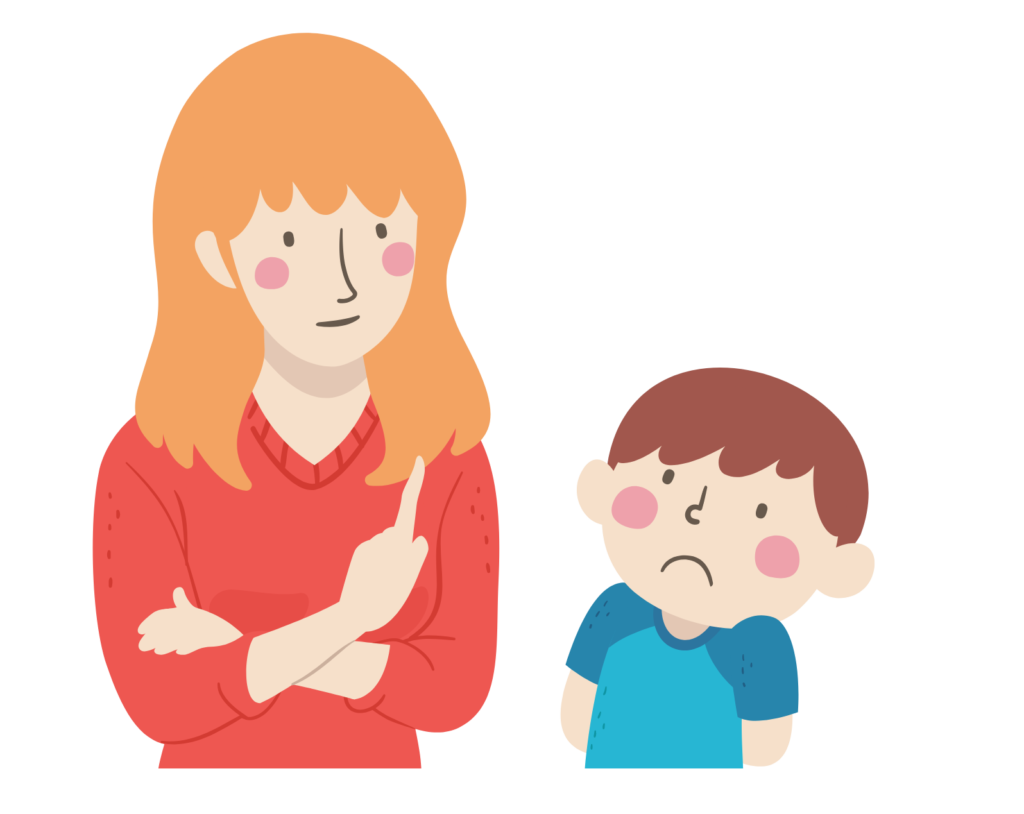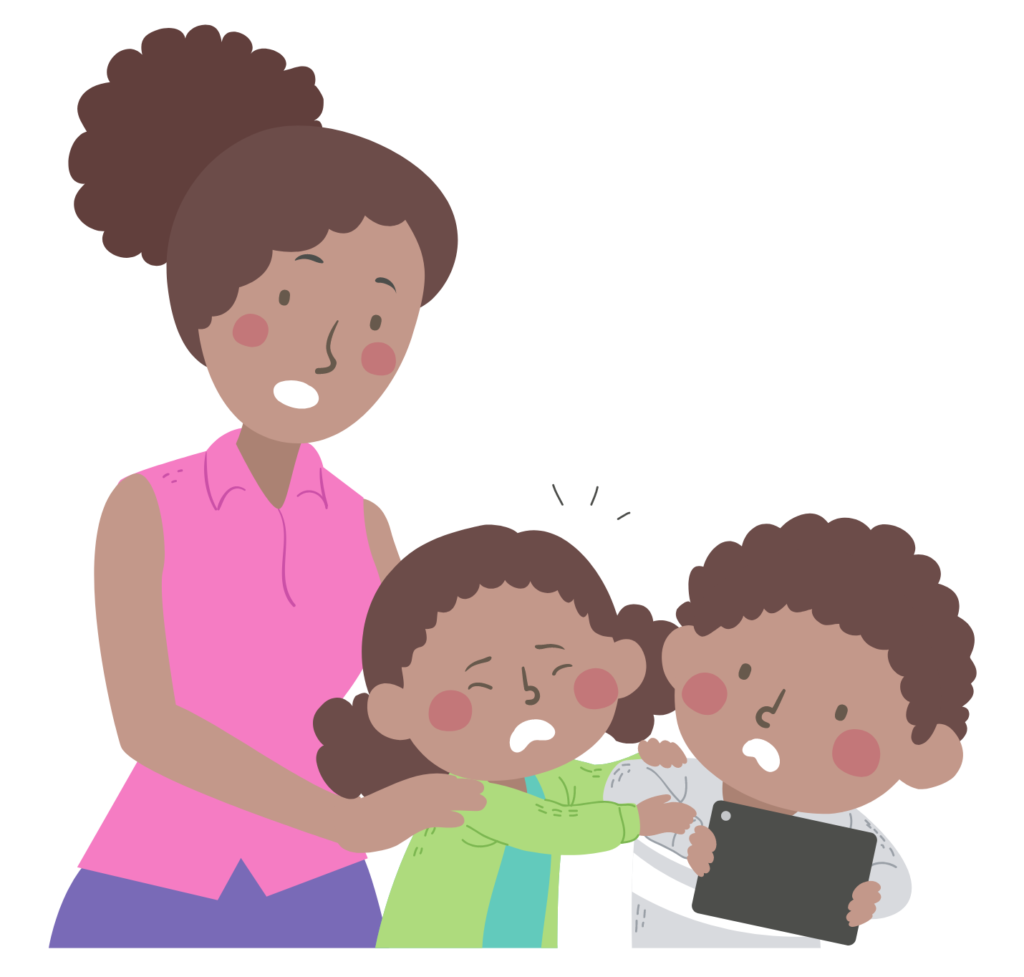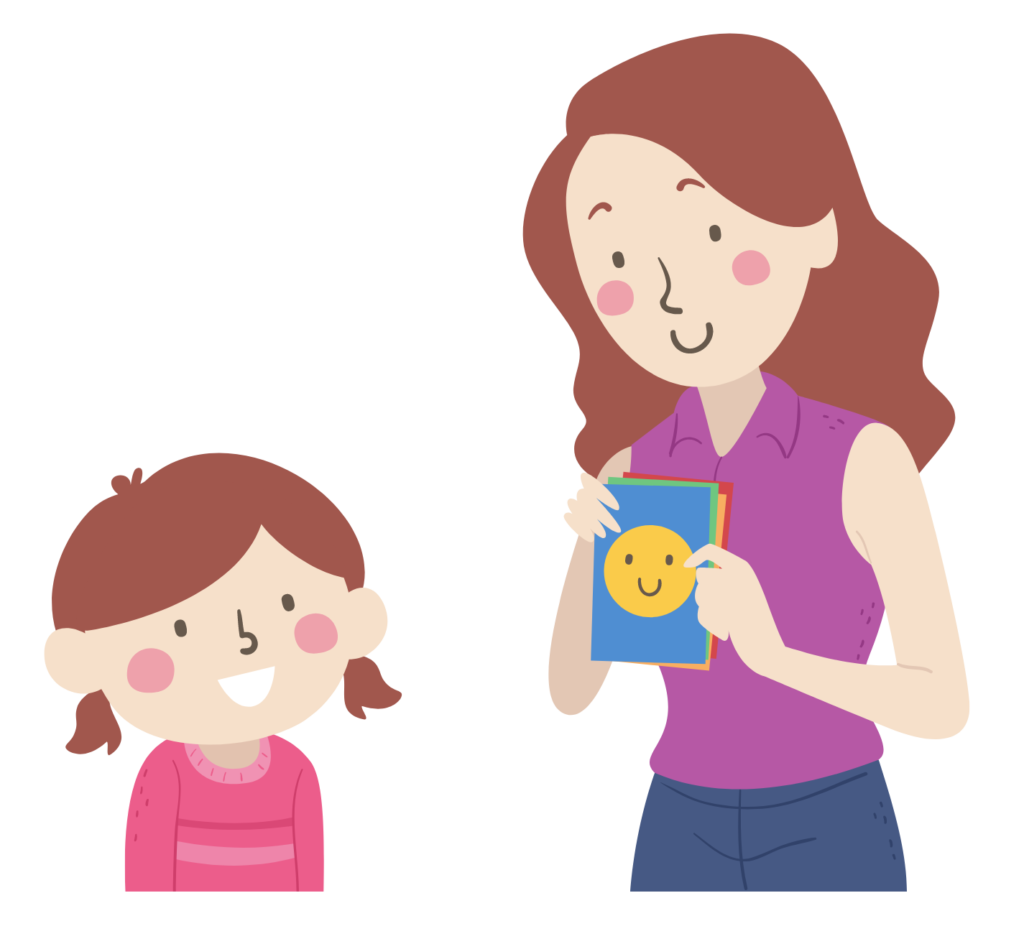Understanding your child’s behaviour
Written by Grandview Kids Autism Therapy Assistants Dana and Yogeetha
Parents and caregivers are encouraged to seek the support of a professional trained in Applied Behaviour Analysis (ABA) if their child is engaging in challenging behaviour that is causing harm to themselves or others and/or maybe impacting their ability to access various environments experiences.
Behaviour is anything a living thing does… eating…. breathing…. walking…. reading…. crying… these are all human behaviours. Unfortunately, many parents struggle to manage challenging behaviour with their child (example: kicking, hitting, yelling). As a parent, you may be thinking, should I ignore the behaviour and hope it stops? Should I use time-outs? Why isn’t my discipline working?

Here are some tips to guide and assist with better understanding your child’s challenging behaviour.
The ABC’s of Behaviour
All behaviours have a function or reason for occurring. Collecting ABC data and reviewing the findings will help modify our approach to change the behaviour.
Scenario: Billy is at the grocery store with his parents. He asks for a candy bar. His parents say “no” as he will be having dinner soon. Billy throws a tantrum by crying and flopping on the floor. To stop the tantrum, the parents give him a candy bar.
A is the antecedent. This refers to what happens BEFORE the behaviour occurs.
Example: Billy asks for candy bar.
B is the behaviour. This refers to any action that can be SEEN or HEARD following the antecedent. What is the child doing?
Example: Billy throws a tantrum by crying and flopping to the floor.
C is the consequence. This refers to what happens AFTER the behaviour occurs.
Example: Billy is given the candy bar. Billy stops crying.

Remember all behaviours have a function! What is maintaining the behaviour or keeping it going? In order to answer this question, we will look at the 4 functions of behaviour:
1. Access to tangibles
Wanting to gain access to a specific item or activity.
Example: Child may cry and scream as a way of requesting or wanting access to the iPad. If crying/screaming allows the child to access the iPad, this behaviour may continue to occur.
Tips:
- Teach an appropriate way to request by labelling or pointing to the item
- Model appropriate requesting
2. Attention
Wanting to gain someone’s attention or seeking social interaction.
Example: Child may cry whenever the parent is on the phone. If the parent stops and attends to the child after exhibiting this crying behaviour, then crying may continue to occur in the future.
Tips:
- Teach a more appropriate way to gain attention by tapping on one’s shoulder or saying one’s name
- Provide positive attention throughout the day

3. Escape/Avoidance
Wanting to escape/avoid an undesirable task or demand.
Example: The child may run away or avoid doing homework by putting their head down on the table. If the task is removed after the child engages in these behaviours, these behaviours may continue to occur when the demand is placed.
Tips:
- A child may be trying to escape/avoid a certain task because it may be too difficult. Providing easier tasks can help mitigate escape/avoidance behaviours.
- A child may also lack motivation for completing a certain task, so finding ways to make it fun and exciting can be helpful.
- Always follow through with demands!
4. Sensory/ Self-stimulatory behaviours
Performing actions and behaviours that feel good to oneself which does not have any motivating external factors.
Example: Child rocking back and forth, engaging in hand flapping, hitting one’s head.
Tips:
- Replace inappropriate behaviour with appropriate/functional behaviour. Ex. Reinforcing clapping hands vs. hand flapping.
- Reinforce absence of behaviour or when the child engages in a behaviour that is incompatible with the problem behaviour (behaviours that can’t occur simultaneously). Ex. Reinforcing hands on lap vs. hand flapping.
Identifying the ABC’s of behaviour and the four functions of behaviour can provide us with a better understanding and insight into why a child behaves the way they do. This can also allow us to prevent future occurrences of problematic behaviours and increase socially appropriate behaviours.

Check out more Grandview Kids articles
- Team Grandview achieves Accreditation with Exemplary Standing, receiving a perfect score
- “Grandview Kids became my life raft” – International Day for People with Disabilities
- December: Dates of Significance
- From the search for support to finding a village: Celebrating Giving Tuesday
- Scarlett sparkles with hope in every step: Grandview Kids 2025 Holiday Campaign
